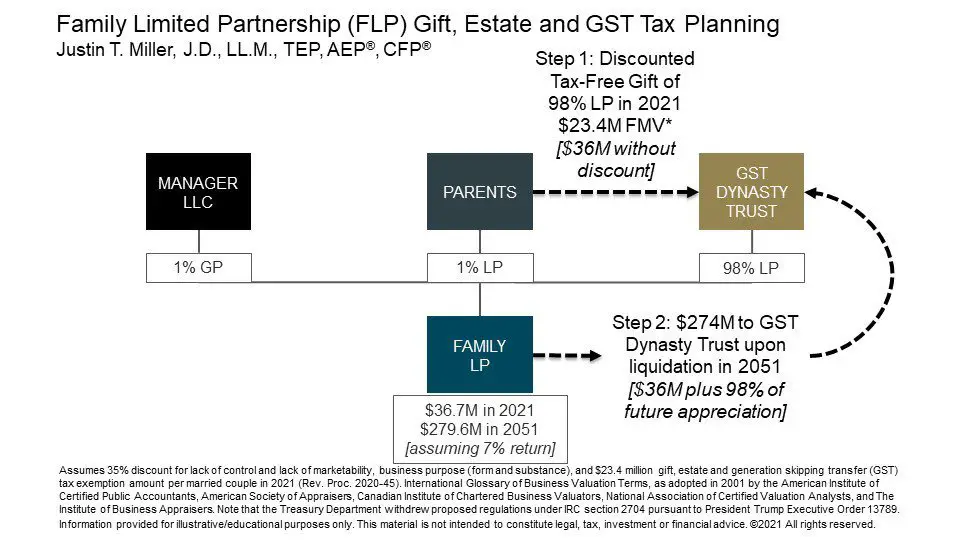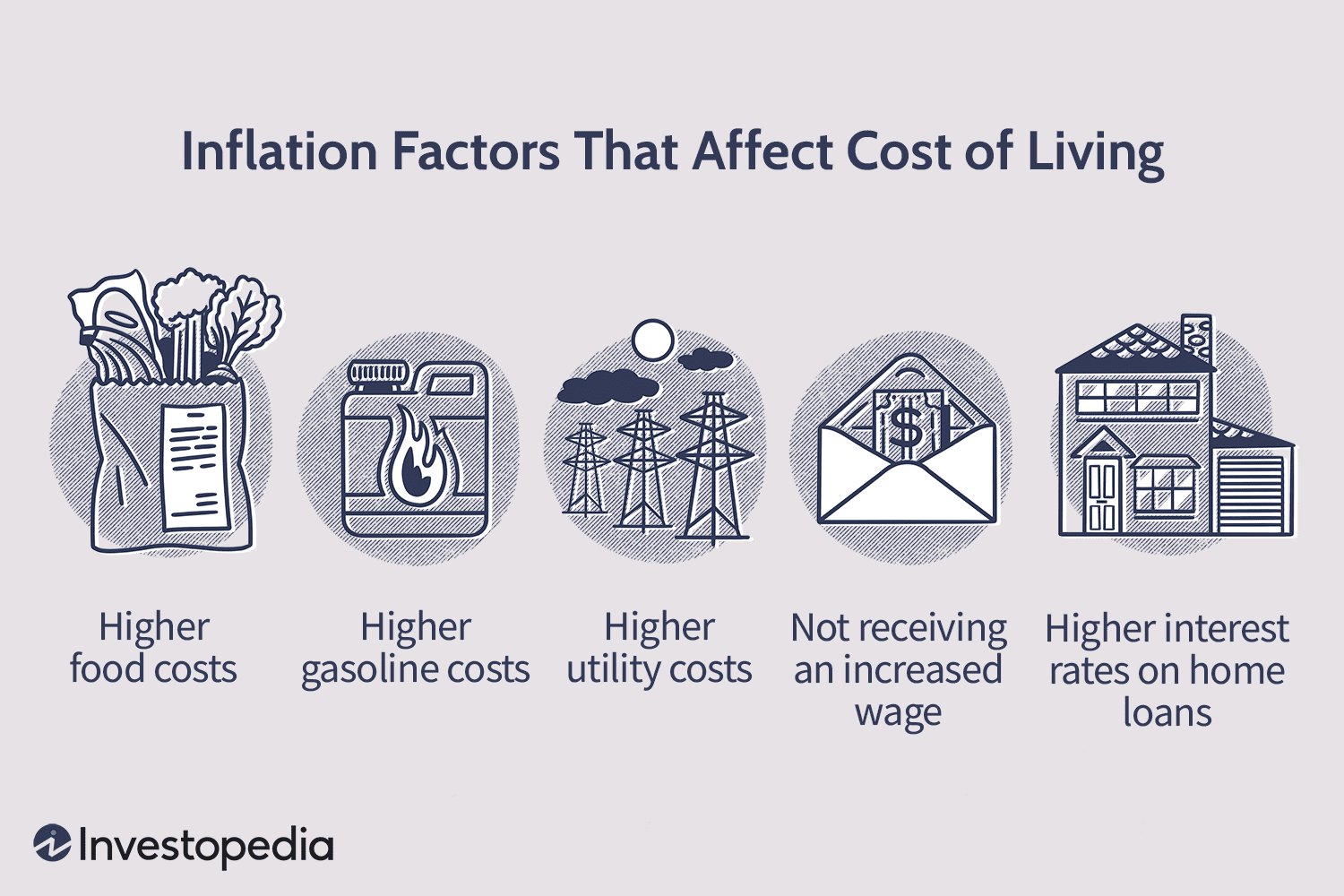Looking for ways to make the most of your employer retirement contributions? You’ve come to the right place! In this article, we will explore some valuable tips for maximizing your retirement savings through employer contributions. Whether you’re just starting your career or have been in the workforce for years, understanding how to effectively utilize these contributions can have a significant impact on your financial future. So, let’s dive in and discover the strategies that can help you make the most of your employer’s retirement plan.
Tips for Maximizing Employer Retirement Contributions
Introduction
Retirement planning is an essential part of securing your financial future. One of the most effective ways to boost your retirement savings is by taking advantage of employer retirement contributions. Many employers offer retirement plans, such as 401(k)s or pension plans, which allow employees to save for retirement while also benefiting from employer contributions. In this article, we will explore some valuable tips and strategies to help you maximize your employer retirement contributions and make the most out of your retirement savings.
Understand Your Employer’s Retirement Plan
Before diving into the tips, it’s crucial to have a thorough understanding of your employer’s retirement plan. Review the plan’s details, including the contribution matching policy and any investment options available to you. Familiarize yourself with the plan’s vesting schedule as well, as this determines when you become entitled to the employer’s contributions.
1. Start Early
One of the golden rules of retirement planning is to start saving as early as possible. The same principle applies to maximizing employer retirement contributions. The earlier you begin contributing, the more time your investments have to grow. By starting early, you can take advantage of compound interest and potentially see substantial growth in your retirement savings over time.
2. Contribute Enough to Receive the Full Employer Match
Many employers offer a matching contribution to encourage employees to save for retirement. Typically, an employer will match a certain percentage of your contributions, up to a specified limit. To maximize your employer contributions, aim to contribute enough to receive the full employer match. Failing to do so means leaving free money on the table.
3. Take Advantage of Catch-Up Contributions
If you’re aged 50 or older, you’re eligible to make catch-up contributions to your retirement account. Catch-up contributions allow you to contribute additional funds beyond the standard contribution limits. By taking advantage of this opportunity, you can accelerate your retirement savings and boost your employer’s contributions even further.
4. Automate Your Contributions
To ensure consistency and avoid the temptation to spend your retirement savings elsewhere, consider automating your retirement contributions. Check with your employer to see if they offer automatic paycheck deductions into your retirement account. By automating your contributions, you’ll consistently save for retirement without having to remember to make manual deposits.
5. Increase Your Contributions Over Time
As your income grows, consider increasing your retirement contributions. Even a small percentage increase can have a significant impact on your savings over the long term. Aim to regularly review your contributions and adjust them accordingly to ensure you’re taking full advantage of your employer’s matching policy.
6. Diversify Your Investments
When it comes to maximizing employer retirement contributions, it’s not just about the amount you contribute but also how you invest those funds. Diversifying your investments can help mitigate risk and potentially increase your returns. Consult with a financial advisor or use the tools provided by your retirement plan to allocate your investments across different asset classes.
7. Take Advantage of Employer Profit-Sharing Contributions
In addition to matching contributions, some employers may offer profit-sharing contributions. Profit-sharing contributions are made by your employer and are not tied to your individual contributions. These contributions can be an excellent way to further grow your retirement savings. Make sure you understand the eligibility criteria for these contributions and take full advantage when available.
8. Avoid Early Withdrawals
While unexpected financial emergencies may tempt you to withdraw funds from your retirement account, it’s crucial to avoid early withdrawals whenever possible. Early withdrawals can result in penalties, taxes, and missed earnings potential. Instead, explore alternative options, such as taking a loan from your retirement account or seeking financial assistance, to avoid compromising your retirement savings.
9. Stay Informed About Plan Updates
Retirement plans and policies can change over time. It’s important to stay informed about any updates or modifications to your employer’s retirement plan. Attend company meetings or informational sessions, review plan documents regularly, and stay in touch with the plan administrator. This ensures that you’re aware of any new opportunities or changes that could impact your retirement contributions.
10. Reassess Your Retirement Plan Regularly
Life circumstances and financial goals can change over time. It’s essential to regularly reassess your retirement plan to ensure it aligns with your current situation. Review your contributions, investment allocations, and retirement goals at least once a year. Consider consulting with a financial advisor to optimize your retirement strategy and make necessary adjustments.
Maximizing employer retirement contributions is a smart and effective way to boost your retirement savings. By starting early, contributing enough to receive the full employer match, automating your contributions, and staying informed about your employer’s retirement plan, you can make significant strides towards a financially secure retirement. Remember to regularly reassess your retirement plan and adjust your contributions as needed to ensure you’re taking full advantage of your employer’s offerings. With a proactive approach and sound financial strategies, you can make the most out of your employer retirement contributions and secure a comfortable retirement.
Essential Tips to Maximize Your 401k (Don't Leave Money on the Table)
Frequently Asked Questions
Frequently Asked Questions (FAQs)
How can I maximize my employer retirement contributions?
To maximize your employer retirement contributions, you can follow these tips:
What is the maximum contribution limit for employer retirement plans?
The maximum contribution limit for employer retirement plans depends on the type of plan. For 401(k) plans in 2021, the limit is $19,500 for individuals under 50 years old and $26,000 for individuals who are 50 or older, including catch-up contributions.
Should I contribute enough to receive the full employer match?
Yes, it is generally recommended to contribute enough to receive the full employer match if your employer offers one. This match is essentially free money that boosts your retirement savings.
What if my employer doesn’t offer a retirement plan?
If your employer doesn’t offer a retirement plan, you can consider opening an Individual Retirement Account (IRA) or a Roth IRA to save for retirement. These accounts offer tax advantages and flexibility.
Can I contribute to both an employer retirement plan and an IRA?
Yes, you can contribute to both an employer retirement plan, such as a 401(k), and an IRA. However, there might be some income limits for deductible contributions to a traditional IRA if you are also covered by an employer plan.
Are there any penalties for withdrawing retirement contributions early?
Yes, there are penalties for withdrawing retirement contributions before the age of 59 ½. Typically, you may be subject to a 10% early withdrawal penalty and owe income tax on the withdrawn amount. However, there are certain exceptions to this rule, such as for specific medical expenses or first-time home purchases.
What investment options are available for employer retirement plans?
The specific investment options available for employer retirement plans vary based on the plan. Common options include mutual funds, target-date funds, index funds, and company stock. It’s important to review the available options and consider your risk tolerance and investment goals.
Can I change my contribution amount during the year?
Yes, you can generally change your contribution amount during the year for employer retirement plans. However, it’s advisable to consult with your employer’s human resources department or plan administrator to understand the rules and any restrictions that may apply.
When should I start contributing to an employer retirement plan?
It’s generally recommended to start contributing to an employer retirement plan as soon as possible. The earlier you start, the more time your contributions have to grow through the power of compound interest. However, it’s never too late to start saving for retirement, and even small contributions can make a difference over time.
Final Thoughts
To maximize employer retirement contributions, there are several key strategies to keep in mind. First, take full advantage of any matching contributions offered by your employer. This is essentially free money that can significantly boost your retirement savings. Second, contribute the maximum amount allowed by your retirement plan. By doing so, you can take full advantage of any tax advantages while also building a substantial nest egg. Lastly, regularly review your retirement plan and make adjustments as needed. This will ensure that you are on track to meet your goals and maximize your employer contributions. By implementing these tips for maximizing employer retirement contributions, you can set yourself up for a financially secure future.



